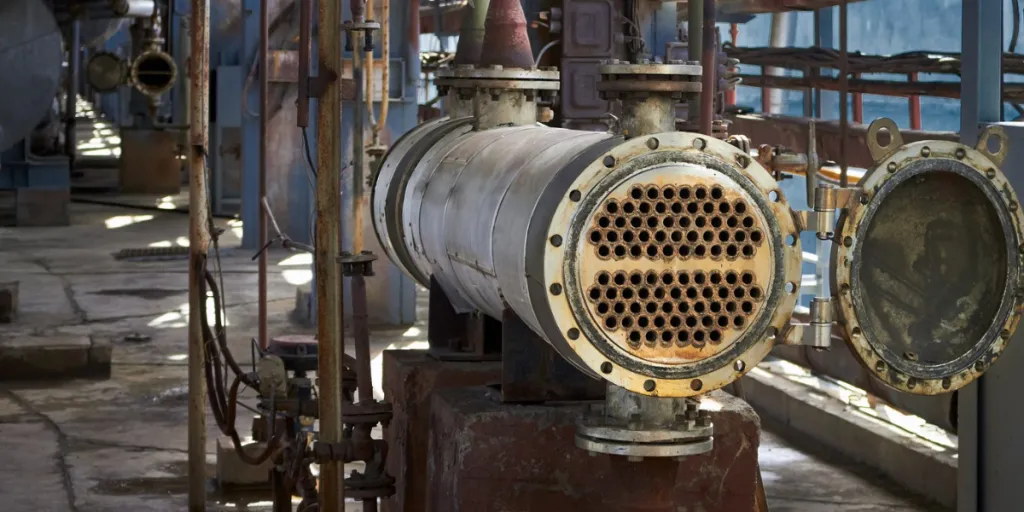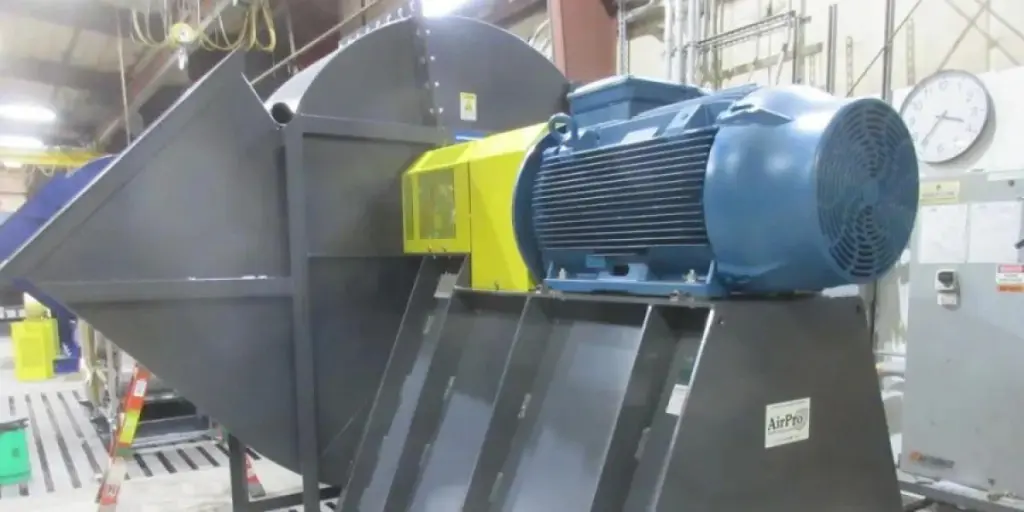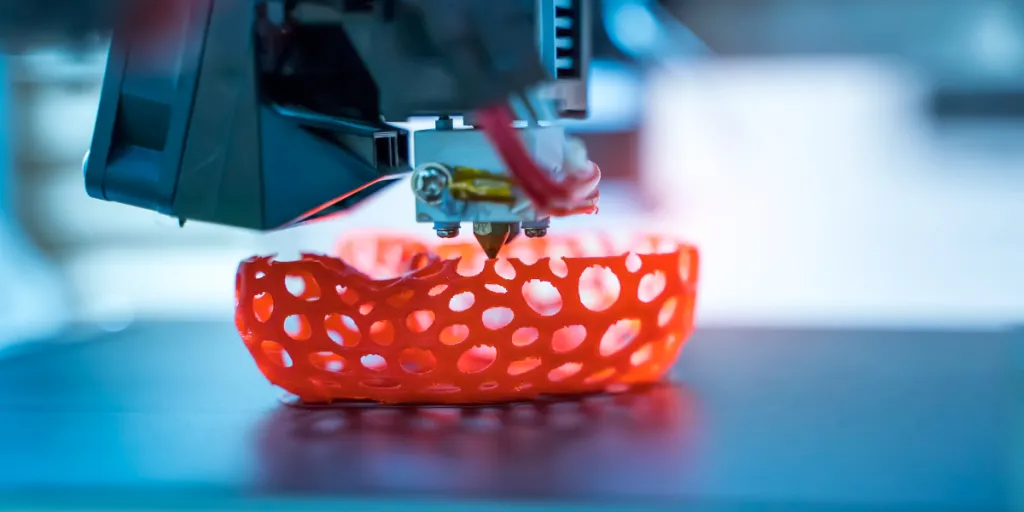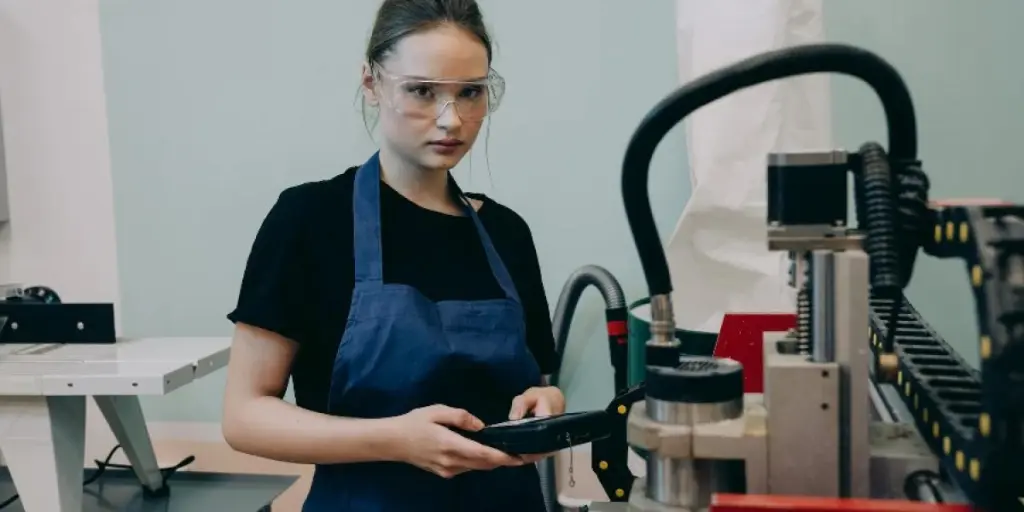Sewing machines can mean the difference between a good and an excellent garment for many businesses. No wonder the need to have sewing machines that are maintained well. This guide looks at everything businesses need to know about maintaining their machines without incurring extra labor costs.
Table of Contents
Why it is essential to maintain sewing machines
Structure of sewing machines
Sewing machine’s maintenance checklist
Final thoughts
Why it is essential to maintain sewing machines
Sewing machines can sew for years without breaking down. However, they could work efficiently for decades when well maintained, which is a good prospect for businesses because they do not have to replace broken-down sewing machines frequently. Therefore, it is in the economic interest of every business to maintain their machines for good service life and smooth operation.
Structure of sewing machines
Spool pin: It holds the spool thread.
Bobbin winder stopper: It stops the bobbin from winding when the bobbin reaches maximum capacity.
Handwheel: It is used to raise and lower the needle situated on the right side of the sewing machine.
Bobbin cover: It protects the bobbin holder during sewing.
Needle: It is used to form stitches on the garment.
Needle plate: It is located under the needle and presser foot and helps move the fabric forward when sewing.
Bobbin cover release button: It releases the button for the bobbin to enter.
Needle clamp screw: It holds the needle in its rightful place.
Thread take-up lever: The thread passes on top of the thread take-up lever, which moves up and down during sewing.
Sewing machine’s maintenance checklist
Use compressed air to remove lint
Using a sewing machine will inevitably lead to the build-up of lint. While using a new thread minimizes this build-up, lint build-up will occur over time. Compressed air is a good way of cleaning the sewing machine without taking it apart. It is also able to reach places that cannot be accessed without forcing moisture into the machine. At the same time, a keen watch should be put on the exit route that the debris takes as it is flushed out so that it is not moved from one side of the machine to the other. Essential areas to be focused on while using compressed air are the bobbin, the tension discs, the feed dogs, and any other part that comes into contact with the thread.
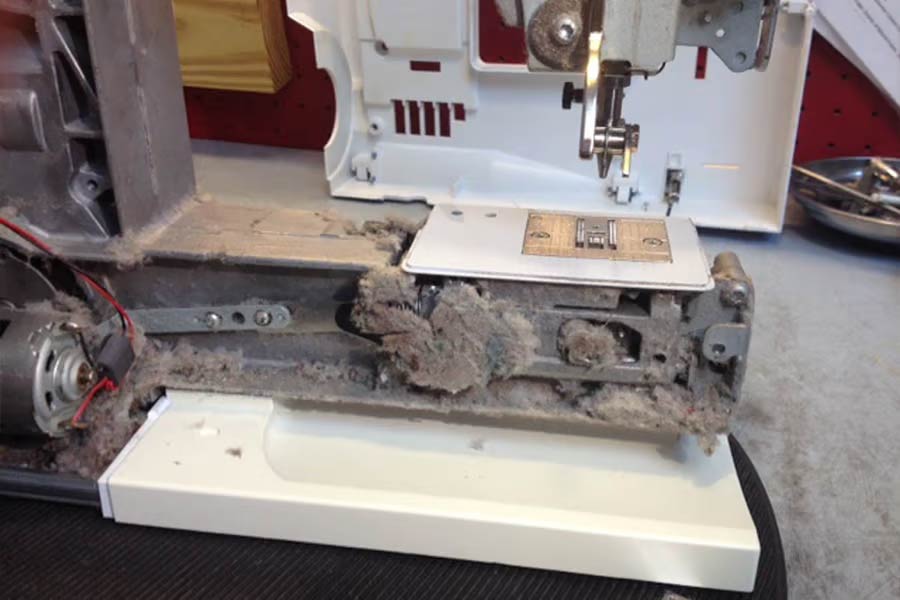
Change needles regularly
The needle in a sewing machine is bound to become dull with use. Sewing through several layers of fabric or tough fabric with a dull needle can lead to skipped stitches, pulling on the fabric being worked on, or looped threads. All of these can damage the sewing machine. It is advisable to always change sewing needles after working on a project.
Even though some projects are shorter than others, a reasonable interval for changing the needle is every 8 hours, especially after completing multiple small projects. At the same time, matching the correct needle with the suitable fabric is essential during sewing. Rigid materials will require stronger needles than those used for soft fabrics.
Annual servicing
Annual servicing may seem obvious, but in addition to the regular clean-up sessions, the annual servicing of the sewing machine can guarantee its long-term functioning. Machines will always have problems, no matter how small, and some of these may not be addressed by domestic check-ups and cleaning. An annual service comes in handy as it may spot breakages or wear and tear. Businesses should consider adding yearly checks to their machines to ensure they are always in top-notch condition.
Oil the machine
Like every other machine with moving parts, sewing machines will require oil. Lubrication allows moving parts to function smoothly and freely, resulting in a seamless operation. Therefore, businesses should purchase sewing machine oil if the sewing machine does not come with it.
At the same time, it is essential to note that some sewing machines lubricate themselves and therefore do not need oiling. This information can be found in the manual of each sewing machine.
Before oiling, the machine should be thoroughly cleaned with a clean cloth to remove any dust particles or foreign objects. Failure to do so could lead to the oil being abrasive due to minute particles, which could cause wear and tear on the machine.
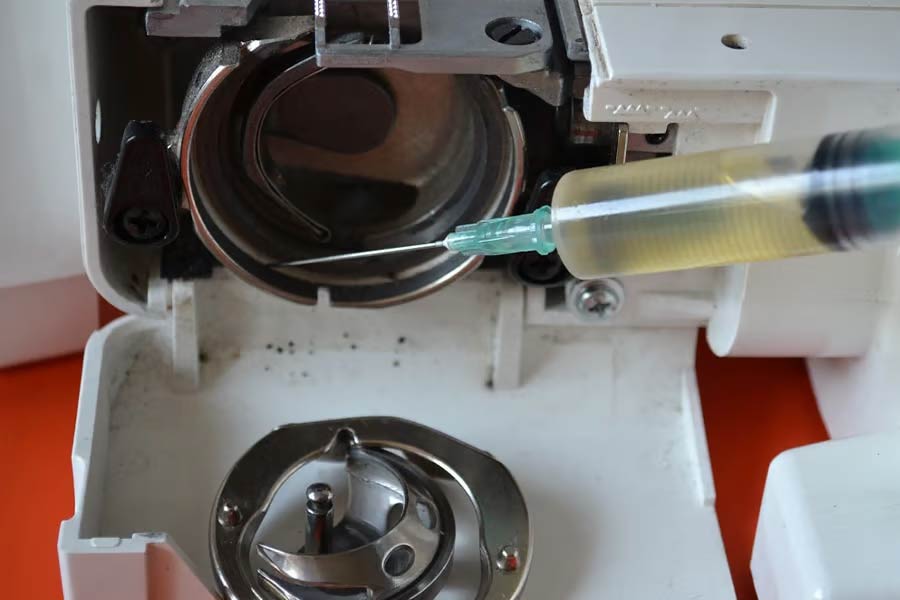
Clean one part of the machine at a time
Cleaning the machine is essential if it is to be used for the long term because dust particles and dirt can play a significant role in wearing down a machine. As sewing machines have many moving parts, it is recommended to remove one piece, clean it, and then return it to its place when cleaning the machine. It can be easy to confuse where a part should go if the whole machine is disassembled.
While some parts may be connected and have to be removed together, cleaning the machine section by section is still an easier way to go around cleaning. In addition to this, the cleaning cloth used should be soft and clean.
Wipe down the machine after every use
Once the sewing machine has been used, it is important to wipe it down with a clean cloth. The focus should be on the bobbin area and other parts that can be easily exposed to dust. This may seem pointless, but it is essential because dust accumulation contributes significantly to machine wear and tear. In fact, after wiping the machine, businesses should cover it until its next use.
Final thoughts
From what a sewing machine is, to the main standard features, and how to take care of one, businesses will learn that sewing machines are not that hard to maintain. For a list of select sewing machines retailing at the market, visit Alibaba.com.

